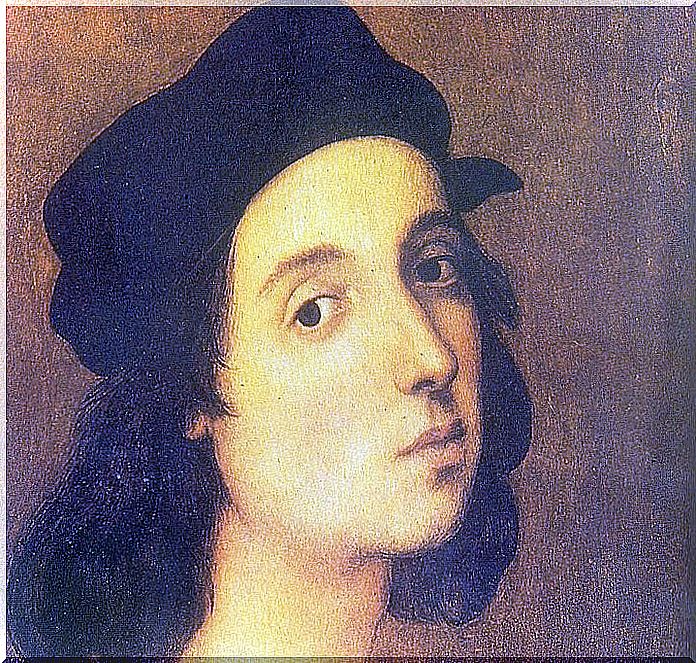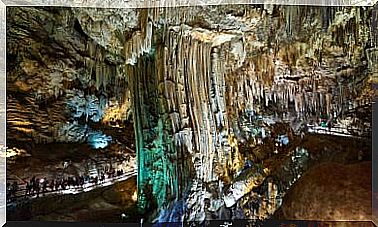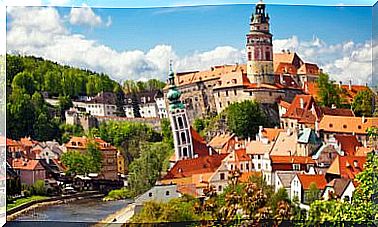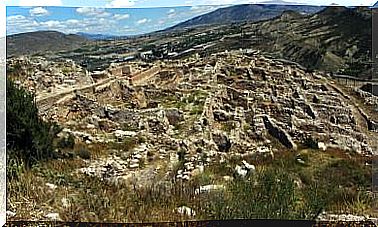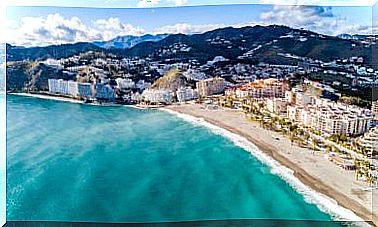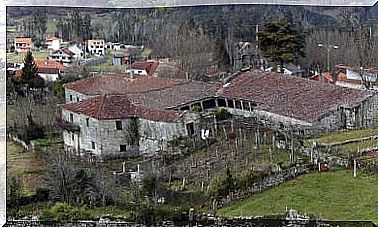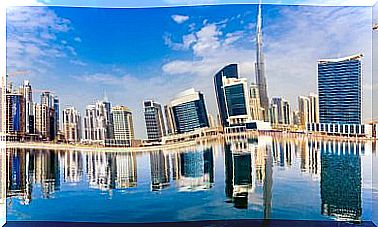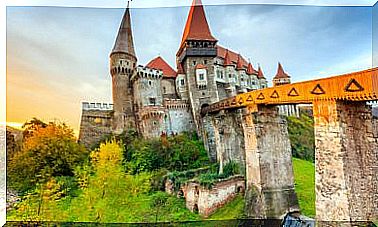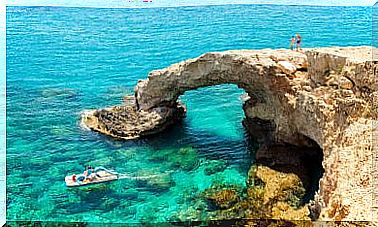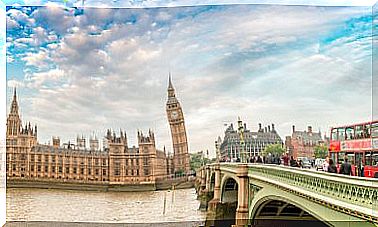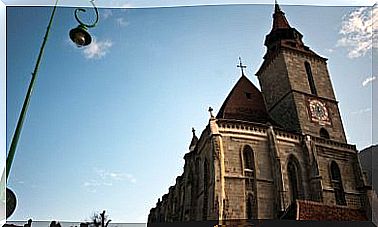The Vatican Rooms Of Rafael Sanzio
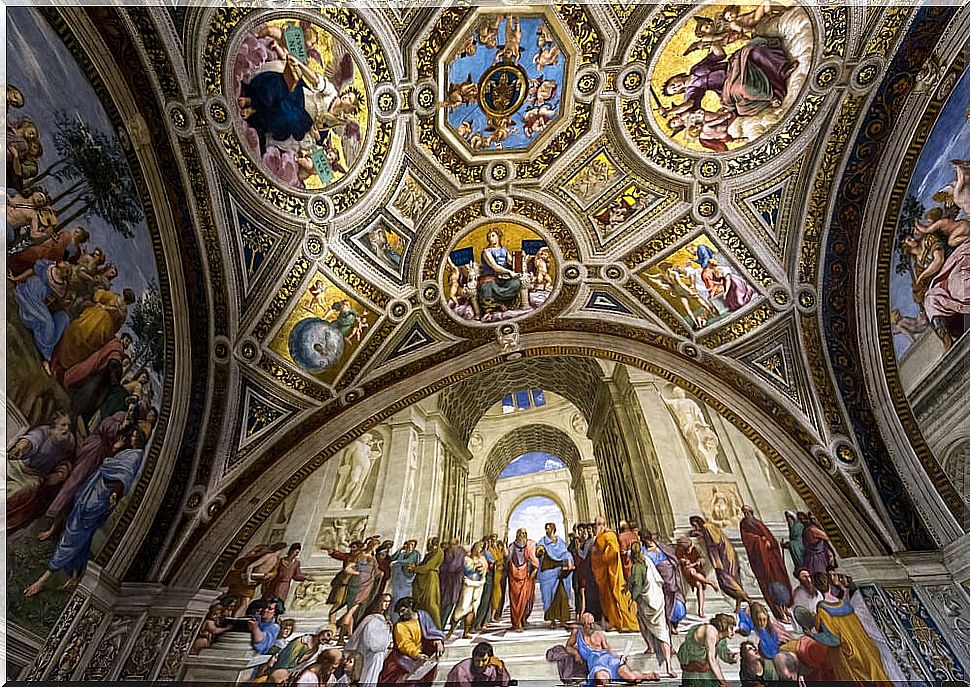
Rafael is the genius who made the beautiful Vatican Rooms. These are four rooms for the work and life of Popes Julio II and León X. A space where this artist from Urbino developed an unparalleled pictorial program.
The commission to Raphael of the Vatican Rooms
The Vatican Rooms are one of the greatest works in the history of art. As we pointed out, there are four rooms that are the result of the commission of Pope Julius II and the creative genius of Rafael Sanzio, who, at just 25 years old, started this beautiful pictorial company.
Thus, in 1508 Rafael receives the order. Pope Julius II had chosen as his residence within the Vatican Palaces different rooms from those of his predecessor, Pope Alexander VI. It begins by representing the famous fresco of The School of Athens, it seems that the only one that had been commissioned.
But the work impacts the Pope so much that he orders all existing frescoes to be scraped and that Rafael be in charge of decorating all the rooms. These frescoes belonged to such important artists as Piero della Francesca, Bramantino, Fray Bartolomeo della Catta or Luca Signorelli.
These are rooms completely decorated, both on the walls and on the ceiling, with classical representations. Three of them were painted mainly by Raphael and one, the one by Constantine, was painted almost entirely by his disciples at the artist’s death. Some jewels that will leave you speechless if you visit them.
The four Vatican Rooms
The Stay of the Signature
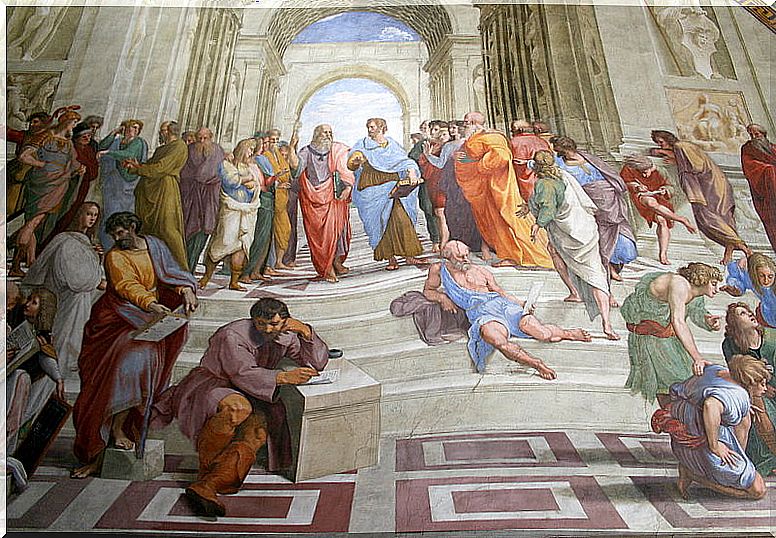
It was decorated between 1508 and 1511. It receives that name because immediately after its completion, this room was destined to be the place where the most important documents of the papacy were signed and sealed. In it Raphael began painting The School of Athens .
After her, the Pope asked him to continue with the pictorial program whose protagonists are Theology, Philosophy, Poetry and Justice. The reason is that it seems that the room was also planned to install the personal library of the pontiff.
Heliodorus’ Stay
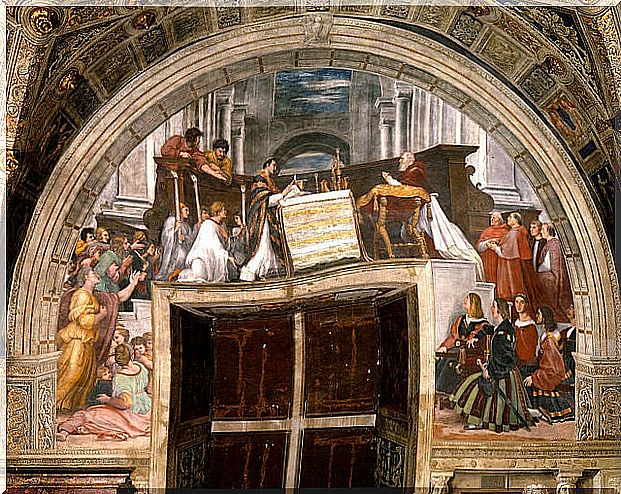
It was made between 1511 and 1514. It is considered the most beautiful of the four rooms. In it, the pope is represented in all the frescoes. The characteristic of these paintings is that Rafael paints him with a beard in some and not in others, thus adapting to the Pope’s changes in appearance .
It is a pictorial program that sought to exalt the figure of Pope Julius II and his politics. We are talking about a time when the continuous struggles for hegemony in Europe of the crowns of Spain, France and the House of Habsburg endangered the independence of the Papal States.
The Borgo Fire Ranch
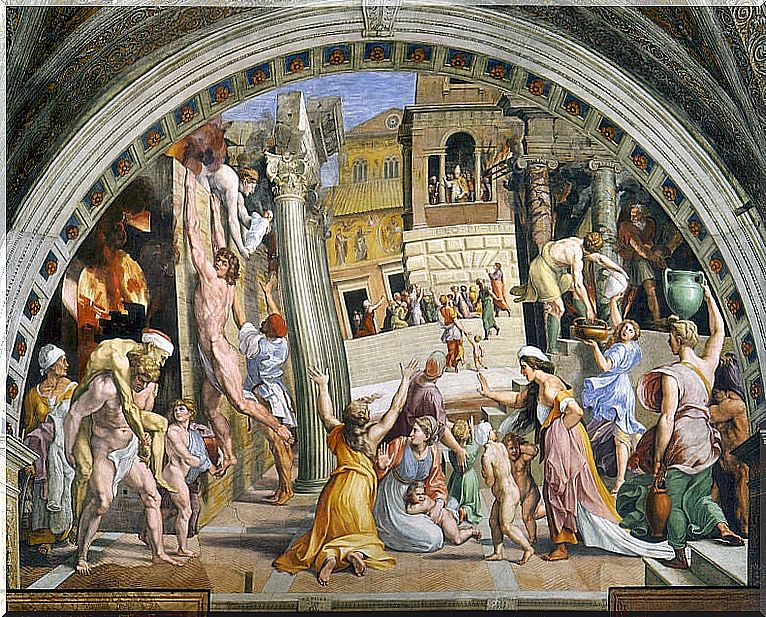
It is a small room decorated between 1514 and 1517 that with Pope Julius II was intended to be the place that would occupy the High Court of the Vatican. However, with the arrival of the new pope, Leo X, it would change radically, becoming a private dining room for receptions with few guests.
In it, the frescoes will feature Pope Leo X to. The episodes that the frescoes narrate are events in the lives of Leo III and Leo IV, but always with the face of Leo X. And we see greater independence in the art of his disciples, who begin to paint more with their own styles. And this, because Rafael would be taking charge of more works.
The Stay of Constantine
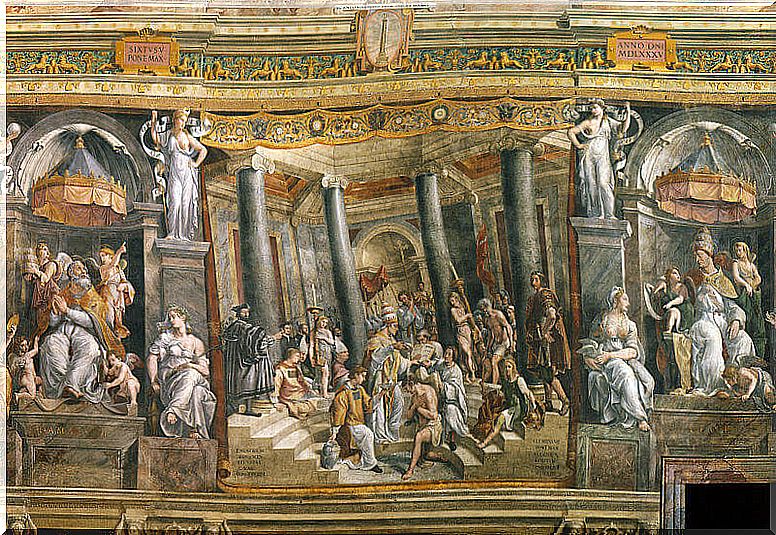
It is the largest room and is dedicated to the Emperor Constantine, about whose history an impressive pictorial program is carried out. Thus, in 1519 Rafael begins to paint the south wall. In it, we can see an imposing Battle of Constantine against Maxentius.
However, the sudden death of Raphael in 1520 caused the room to be finished by the master’s disciples, although following the pictorial program devised by him. In it we can see The Vision of the Cross , The Baptism of Constantine , and The Donation of Rome , among other scenes.
